|
What if there were no such thing as spirit or spirituality? Suppose that we stopped looking for anything beyond the material realm. This intriguing premise was proposed by the late Michael Stone in the TEDx talk shown above. Would there still be room in such a reality for yoga?
Stone defines the Sanskrit word yoga as "intimacy." But what is intimacy? The Latin root of intimate means "inmost" or "intrinsic." In yoga, the objective is to recognize our connection to a greater whole, experiencing true intimacy with that whole. If the material world is all there is, then intimacy means that we are each an intrinsic part of the material world. At the same time, we can make the case that the material world is intrinsic to us. The natural processes and physical laws that are unfolding in the universe around us are also abiding within our bodies. None of us is a closed system. All of the boundaries of our bodies are permeable, which means that there is a constant exchange of materials happening between ourselves and our environment. With each breath, we take in the atmosphere and also add to it. Eating is a truly remarkable act in which we transform plant and animal matter into the cells and tissue of our bodies while capturing some of the energy contained in that food so that we can fuel our thoughts, speech, and actions. Every atom that exists "out there" has the potential of ending up "in here" because the distinction is arbitrary. The matter that makes up our bodies is changing from one moment to the next. Did you know that the food we eat and the water we drink was probably excreted by some other organism at some point in the past? And everything we excrete--sweat, piss, poop, spit, snot, and cum--will be vital to another organism at some point in the future. There is no such thing as waste, except in our own minds. Absolutely every particle that makes up our bodies right now will be cycled through the greater whole. Carbon, oxygen, hydrogen, nitrogen, and all the other elements that comprise us at this moment have their natural cycles. They are constantly moving through the natural world. Yoga can exist in perfect harmony with a materialistic worldview. You do not need to believe in anything beyond the material universe to have an intimate relationship with that universe. You just have to embrace one simple idea that is based on scientific fact: What is in me is in you as it is in all things. We live in a universe that is governed by the principles that all matter and energy are conserved at all times. The "stuff" that makes up that universe simply flows from one place to another in a dynamic and continuous stream. If you and I are in the same room for any period of time, we will exchange matter and energy. There is no doubt we will share parts of ourselves with one another. This leads to what Martin Buber called the "I-Thou" relationship, which is the idea that whatever I love or revere in myself I must also love and revere in you. Why? Because there is no separation. The boundaries between us are relatively meaningless. They change so constantly and inevitably that we would be foolish to enforce them. Virtually every yoga class ends with the greeting Namaste, which literally means "I bow to you." The reason for this greeting is the recognition that we are made up of the exact same stuff. By saying "Namaste," we are expressing our aspiration to see beyond the mental distinctions that appear to separate us. These distinctions are not consistent in any way with the teachings of physics, chemistry, or biology. If we are going to embrace materialism to the fullest, we have no choice but to assume our natural place in the universe as yogis. Namaste!
1 Comment
Thanksgiving is such a great holiday. Not because of turkey and trimmings or family and football, although these may add to the enjoyment of the day for many of us. No other holiday places such a priority on gratitude. On Thanksgiving day, we give thanks for all of the gifts that continue to stream into our lives on a daily and yearly basis.
Thanksgiving reminds us to be grateful and graceful. These two terms are related. They both have to do with receptivity. Everything in our lives is a gift, starting with life itself. A gift comes to us, ultimately, from a mysterious source and without us having to earn it. Why were we born in the first place? The chance to experience the richness of this life is a gift. We may not know where we came from or how we got here. Chances are we did nothing to earn the privilege of life. Neither did we have to earn the affection of those who have loved us from the beginning. Love is a gift that keeps enriching us from moment to moment. To be graceful means to receive the gifts that come our way fully, completely--with open arms and an open heart. No struggle. No questioning. No wondering if we got dealt a good enough hand or why we didn't get more. It would be wise to begin any meditation or visualization regarding abundance by acknowledging the fact that we have already attained it. Whether we know it or not, abundant gifts have already been bestowed upon us. For one, we have made it this far. If we have food, clothing, and shelter, we are gifted. If we have talents that we know how to use in the world, we are gifted. If we have people whom we love and who love us in return, we are gifted. And if we have the use of our faculties and relatively good health, we are especially gifted. We admire those who are graceful. These exceptional people move through the world artfully, creating beauty and warmth wherever they land. At the heart of such grace is gratitude. Let's give thanks for every gift that comes into our lives, even those that may be disguised as challenge or hardship. In retrospect, some of the greatest obstacles that we encounter turn out to be our greatest opportunities. That is why one of the nine intentions in The Pledge, which many of us recite on a daily basis, states:
On this Thanksgiving, I want to express my gratitude for the extraordinary grace that has been bestowed upon me. Every day, I wake up thinking, "Wow! How can it get any better than this?" And then somehow, it does! Last year, I thought my life had reached its pinnacle: Deep Creativity was about to be published, 30 years after its conception. This was the culmination of my life's work, and I felt complete. Global Chant, which I started in 1996, had built its own momentum, with several groups running themselves happily and independently of my efforts. People were contacting me on a regular basis to report the benefits of Repose, which I consider to be one of the most remarkable gifts to come into my life and that I have been able to share with others. My life was not just good; it was wonderful! And then, out of the blue, I met the woman of my dreams. A year later, I am engaged to be married to my beloved Maria Mendola , who is my match in every regard. If I had asked the universe to find me a partner that is perfect for me--my equal and my complement in every regard--it would have been her, without a doubt. But I didn't ask, I didn't pray, I didn't visualize. Maria found her way into my life and my heart with no effort on my part. She is a true gift for whom I give thanks on a daily basis--sometimes many times a day. I am grateful for this blessed life I lead, which includes the presence of supportive individuals like you. So, on this Thanksgiving holiday, all I can say is: Thank you. Thank you. Thank you! This morning, I came across the beautiful calligraphy you see here. This is a depiction of the Japanese word kaku-sei, which means "awakening." Drawn several years ago by my dear friend, Rev. Henry Ajiki (who recently lost his remarkable wife and spiritual partner, Michi; like everyone else who knew her, I share in that loss), it depicts one of the central themes in my life's work, which is the experience of spiritual awakening. But what exactly does that mean?
If you follow this blog, you know that I am a proponent of the dream argument, which is the position that that life is a dream. That being the case, we can learn a great deal about spiritual awakening by considering what happens when we awaken from the dream state that occurs during a normal night's sleep. In our dreams, you and I are the protagonist. Essentially, we are the lead actor playing the part of ourselves in a drama that unfolds in our mind's eye. While immersed in this drama, we may be unaware that the experiences and adventures we are undergoing are all a fabrication of our own imagination. For instance, I recently dreamed that I was the lead guitarist for a blues band--a wonderful fantasy that appeals to my innate passion for music. Because this was not a lucid dream, I was totally caught up in the role I was playing. In other words, I didn't know it was a dream until I awakened from it. Then I realized that it was all something I created. Not only was I the lead actor and protagonist in this imaginary play, I was also the producer, director, and playwright. This brings us to the heart of spiritual awakening. When you awaken from the dream of "objective reality," you transcend the role you have been playing in that dream and align your awareness with the "dreamweaver," to borrow a term from John Lennon (3:46 mark of the video for the song "God"). This is the important shift from creature to creator. Rather than just acting as a character in a play, being moved by forces beyond your control, you begin to recognize that the one who envisioned that play in the first place lives and breathes inside of you. When that happens, you come fully into your power as a human being. That is the true nature of inspiration, which is why I write and speak about this topic like none other. It is the reason I devoted 30 years of my life to writing Deep Creativity. My intention for you, dear friend, is the same one I set for myself on a daily basis: May you awaken fully from the dream of objective reality in this lifetime, discovering your fullest connection to the dreamweaver that abides in you. Here and Now, Baby!
This month marks the 50th anniversary of Head, one of the most bizarre and wonderful American films to come out of the 1960's. Featuring The Monkees in a wild departure from their popular TV series, Head breaks free of cinematic conventions in spectacular ways. The storyline is circular and the actors shatter the fourth wall so often and so dramatically that viewers have no choice but to give in the experience rather than try to make sense of it all.
Directed by Bob Rafelson (Five Easy Pieces) and co-written by Rafelson and Jack Nicholson, Head challenges viewers' ideas about reality. This is why it holds a special place in my heart. Creative inspiration requires an element of "lucid waking," which is the ability to realize that our waking reality is as illusory as the dreams we experience when we sleep at night. Inspired art draws our attention to the dreamlike nature of waking reality by blurring the lines between "real" and "imagined." In this sense, Head qualifies as inspired art. I am not alone in this view. Filmmakers Quentin Tarantino and Edgar Wright rank it among their all-time favorite movies. But don't take our word for it! You can watch Head right here: |
I want to hear from you! Please share your questions and comments. And sign up for my newsletter, where I will pass along the insights, ideas, and inspiration that come my way.
Contact me:Archives
November 2023
|
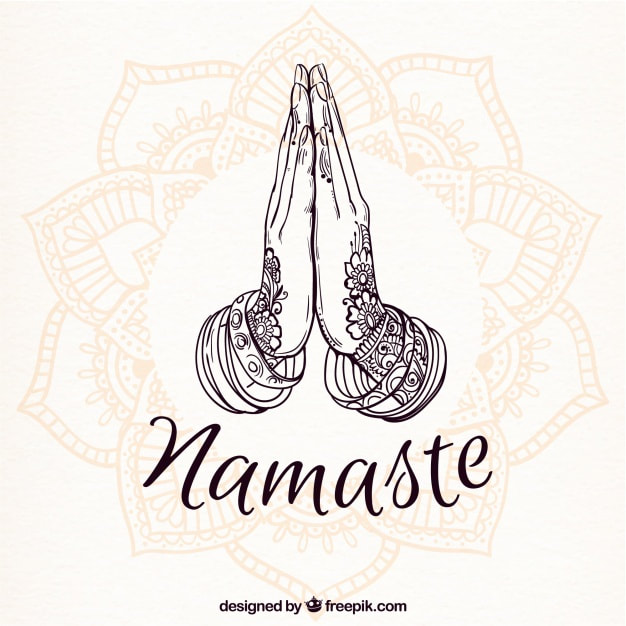

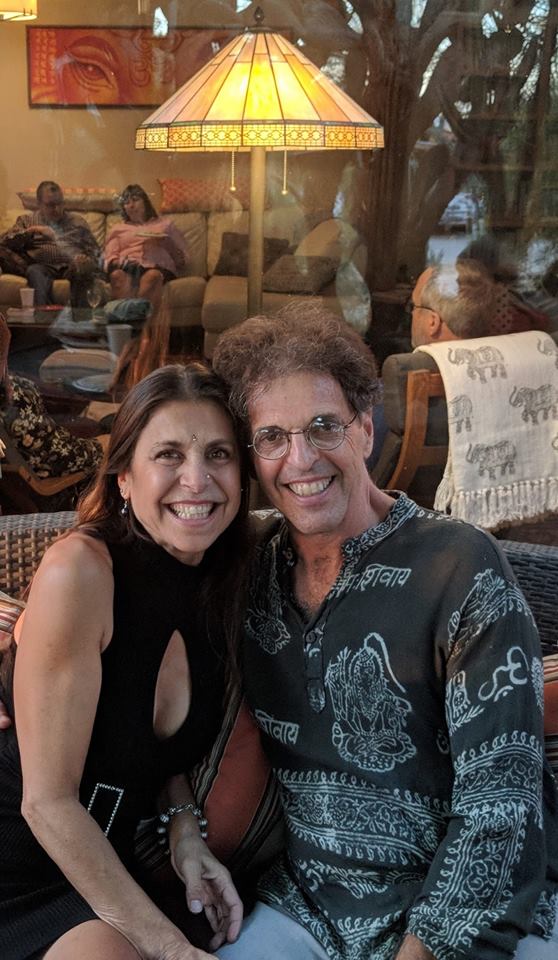
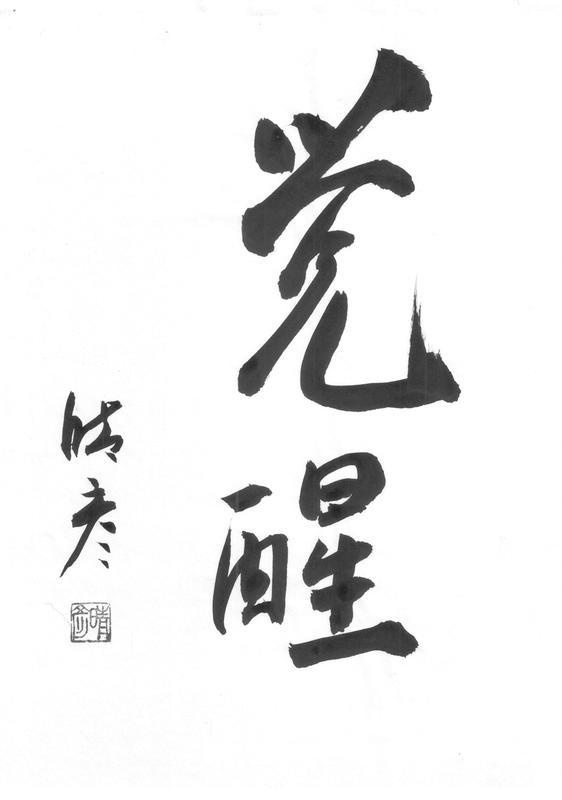
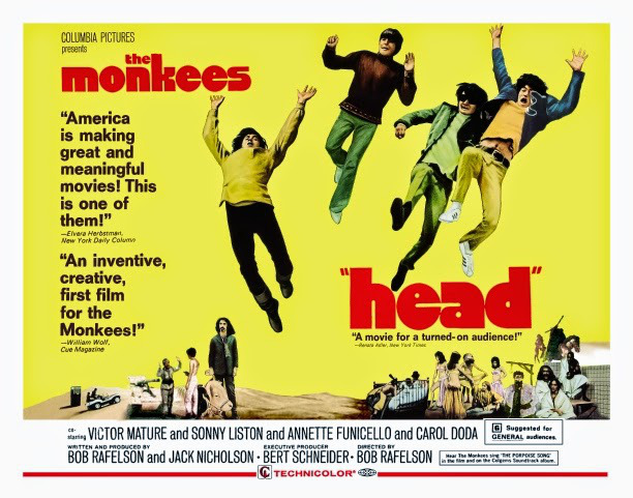
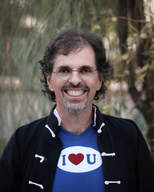
 RSS Feed
RSS Feed
